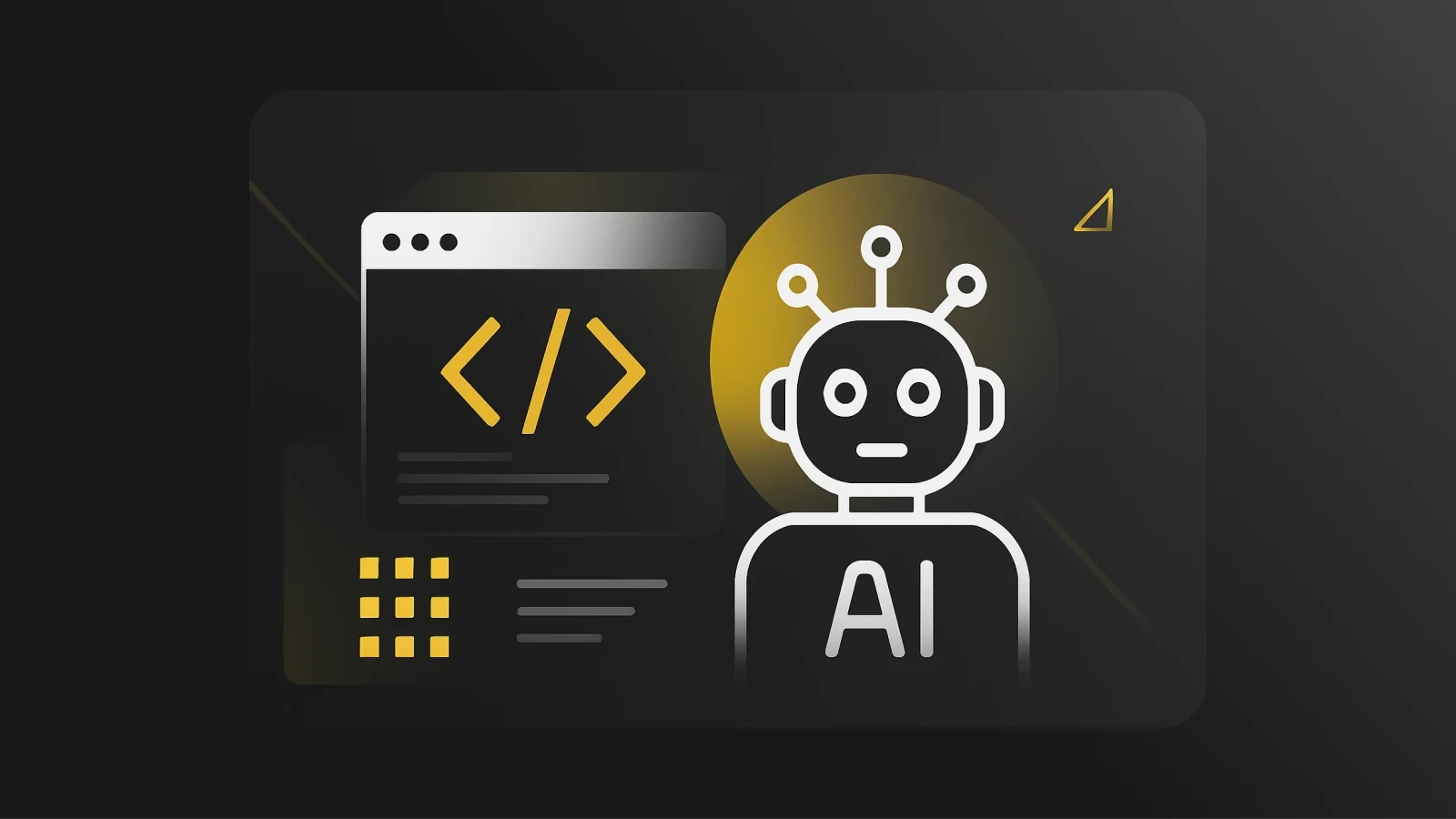The Pieces approach for AI fluency
Discover the Pieces Framework for AI Fluency – a practical, human-centered approach to developing the mindset and habits needed to work effectively with intelligent tools
AI fluency isn’t about learning to code or memorizing how machine learning works. It’s about learning how to think and work alongside AI systems, how to guide them, when to trust them, and where to draw the line.
Most discussions around AI start with what it is and how it works. That’s a useful foundation. But fluency goes deeper.
AI Awareness means understanding the basics: what a large language model is, what training data means, what AI can and can’t do. It’s like knowing that books exist and that they contain information.
AI Fluency means knowing how to use that information. It’s the difference between recognizing letters and being able to read and write with ease. Fluent users think with AI, not just about it.
Core skills of AI fluency
True fluency isn’t a single skill; it’s a collection of habits, instincts, and mental models that evolve over time:
Prompt crafting
Talking to an AI system isn’t like talking to a person. Fluent users learn how to frame questions, give useful context, and iterate on prompts when the first answer doesn’t land.
They know when to be specific, when to leave space for creativity, and how to structure examples to steer the response in the right direction.
Context management
AI performs best when it has the right context. Too much, and it gets lost. Too little, and it guesses wrong.
Fluent users learn to give AI just enough information to stay useful, especially during complex, multi-step projects where the context might shift over time.
Output evaluation
Not everything an AI says is right, even when it sounds confident.
Fluent users know how to fact-check outputs, recognize common failure patterns, and sense when something just doesn’t feel right. They build a healthy skepticism without defaulting to mistrust.
Workflow integration
Fluency means knowing when AI adds value and when it doesn’t. It’s about designing workflows where AI fits in naturally, boosting productivity without getting in the way of human creativity or judgment.
How fluency develops
AI fluency grows through hands-on experience. It doesn’t happen overnight. Most people move through a few recognizable stages:
Mechanical stage
You follow templates and tutorials. You’re figuring out what prompts work, and what doesn’t.
Adaptive stage
You start tweaking your approach based on the task. You recognize patterns and feel more confident improvising.
Fluent stage
You stop thinking about “prompting” and start just thinking. AI becomes a background tool that fits smoothly into your work.
Mastery stage
You go beyond using AI – you innovate with it. You help others get fluent. You start spotting where AI might go next.
Cognitive shifts that come with fluency
Fluency isn’t just about tools, it changes how you think:
From knowing to accessing
You don’t need to memorize everything. Instead, you learn how to ask good questions and find trustworthy answers fast.
From individual to collaborative thinking
You stop working solo and start thinking with AI. It’s not about handing off work, it’s about designing shared workflows between you and your system.
From linear to iterative
Fluent users don’t expect perfection in the first try. They refine ideas quickly, test early, and learn through rapid feedback loops, just like the AI itself.
From certainty to probability
AI doesn’t deal in hard facts; it deals in likelihoods. Fluency means knowing when “close enough” is okay and when precision matters.
Fluency in different contexts
AI fluency shows up differently depending on what you do. But the mindset stays the same:
You know how to use AI to brainstorm, iterate, and polish, without losing your voice or originality.
You let AI surface patterns and synthesize info, but you know when to double-check the results.
You use AI to sharpen structure and clarity, without sounding robotic or generic.
You pair with AI on debugging, testing, and refactoring, without compromising code quality or architecture.
When teams get fluent
Fluency isn’t just personal, it becomes a team capability.
Anyone can access what they need when they need it – no gatekeeping.
Teams test more, explore more, and move faster because the cost of iteration drops.
With shared fluency, teams align on how to use AI, making collaboration smoother across disciplines.
How to get there
AI fluency isn’t a one-and-done course. It’s a practice.

You get fluent by:
Trying things out.
Reflecting on what worked and what didn’t.
Staying curious.
Asking better questions.
The most fluent users aren’t the ones who know everything – they’re the ones who keep learning.
And as AI gets smarter, the people who thrive won’t be the ones who fight it, they’ll be the ones who figure out how to think with it.




